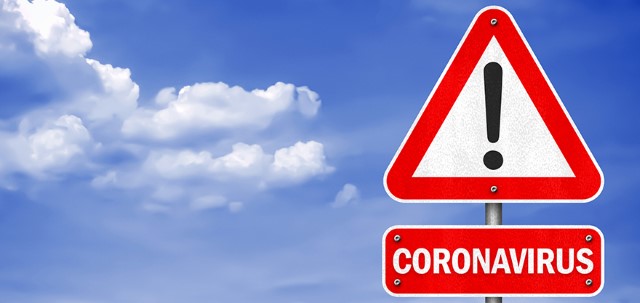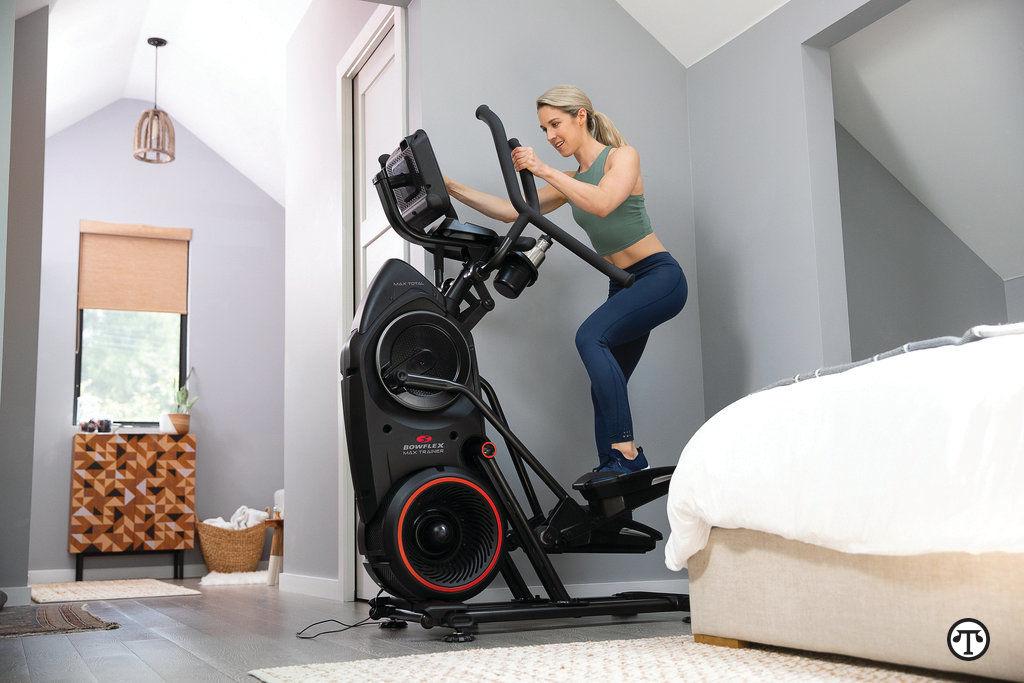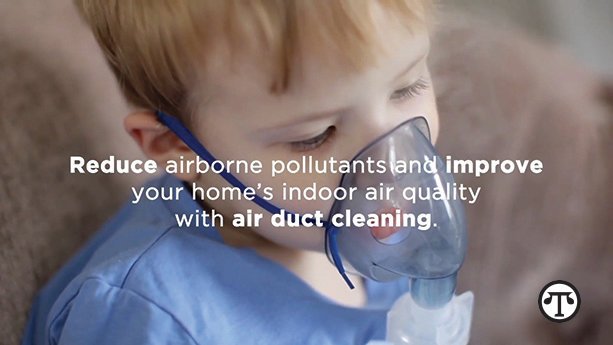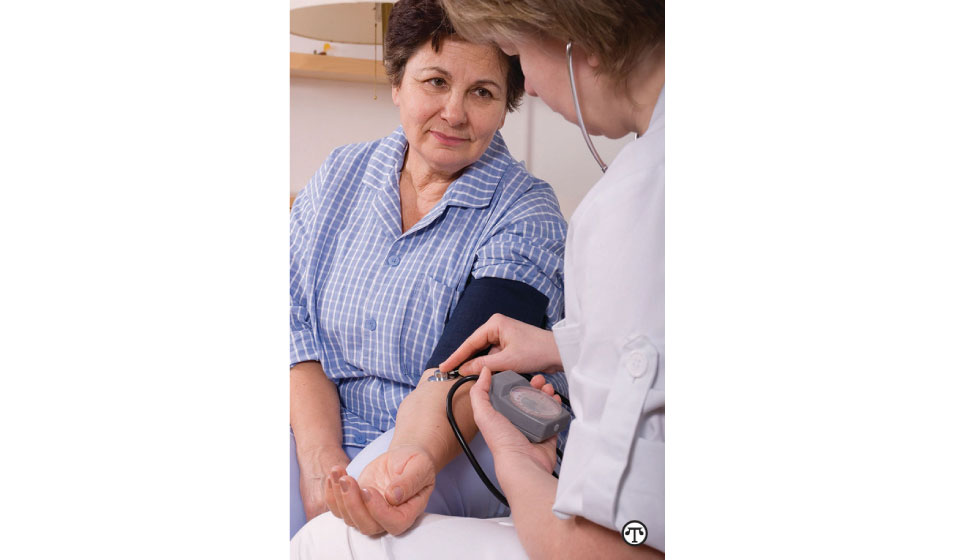FOR YOUR HEALTH: Fraud And Coronavirus
 (NAPSI)—The warning bells are ringing. From regulators, law enforcement agencies and consumer organizations around the globe, the message is clear: Fraudulent schemes related to the coronavirus (COVID-19) pandemic have arrived, and they are coming in many forms, from investment fraud to fake CDC emails to phishing scams.
(NAPSI)—The warning bells are ringing. From regulators, law enforcement agencies and consumer organizations around the globe, the message is clear: Fraudulent schemes related to the coronavirus (COVID-19) pandemic have arrived, and they are coming in many forms, from investment fraud to fake CDC emails to phishing scams.
Job loss, financial strain, and social distancing are conditions that present fraudsters with an opportunity to pounce. A study by the FINRA Foundation, the BBB Institute for Marketplace Trust, Stanford, and the Federal Trade Commission found that social or physical isolation can increase anyone’s susceptibility to schemes.
In times like these, it can be difficult to separate fact from fiction. Now is the time to move slowly, pay attention to details and not make rash decisions. Dramatic news coverage of viral outbreaks and pandemics can be an opportunity for scammers to pump inaccurate information into the marketplace to try to manipulate markets and investors. Following these hints can help you keep your money and personal information safe:
Tips for Avoiding Coronavirus Scams
- Ask and Check. Before you make any investment decision, ask and check to verify information about any individuals you are dealing with and any investment product you are considering. You can use FINRA BrokerCheck, a free online tool, to get information on brokers and investment advisers.
- Be skeptical. If an unknown company becomes the subject of press releases, emails, and promotional materials hyping the company and its products to cure the latest pandemic, hit pause. Be wary if you are flooded with information over a short time, especially if the communications only focus on the upside with little or no mention of risk.
- Read a company’s SEC filings. Check the SEC’s EDGAR database to find out whether the company files with the Securities and Exchange Commission. Verify these reports against promotional information put out by the company or third-party promoters. Exercise caution if they don’t align. And be suspicious of solicitations to invest when products are still in the development stage, where no actual products are on the market, or if the company’s balance sheets only show losses.
- Question companies new to the “cure” market. Changes to the name or business focus of a company to capitalize on pandemic fears may be a sign that a company is engaged in, or the subject of, a potential fraud. These changes can turn up in company press releases, Internet searches and, if the company files periodic reports, in the SEC’s EDGAR database.
- Run it through the Scam Meter. Before you make any investment decision, the FINRA Scam Meter can help you tell if an investment you are thinking about might be a scam.
Reliable Resources on Scams and Coronavirus
Fortunately, there are a number of resources that provide accurate, unbiased information to help you spot and avoid coronavirus-related scams:
- FINRA
- Securities and Exchange Commission
- Federal Trade Commission
- Consumer Financial Protection Bureau
- Better Business Bureau.
Learn More
For further ideas on how to protect your money, or to file a complaint or a tip, visit www.FINRA.org/LearnMore.





 (NAPSI)—Registered dietitian for California Strawberries, Colleen Wysocki, explains what factors play a role in immunity, eating for health, and how to boost immune systems naturally:
(NAPSI)—Registered dietitian for California Strawberries, Colleen Wysocki, explains what factors play a role in immunity, eating for health, and how to boost immune systems naturally: To make it easier to breathe clean at home, have your HVAC system inspected regularly.
To make it easier to breathe clean at home, have your HVAC system inspected regularly.

